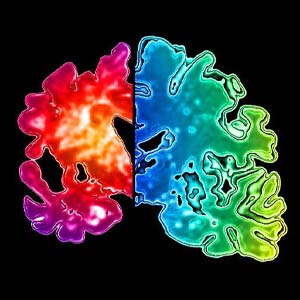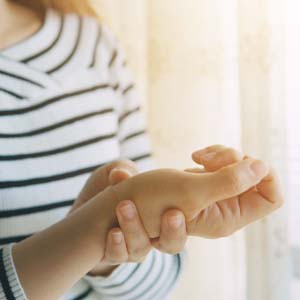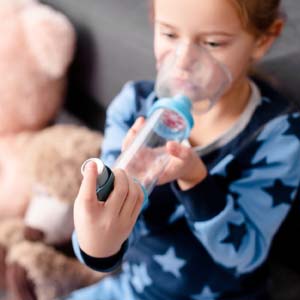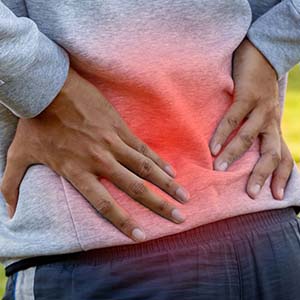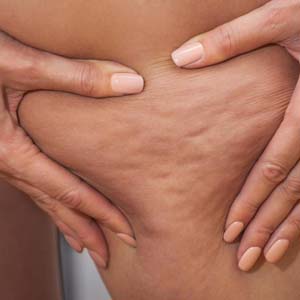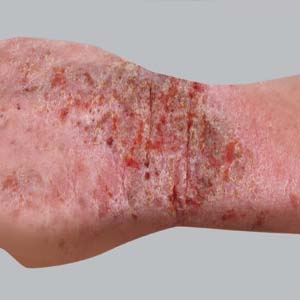Cryotherapy
Cryotherapy
Understanding the Benefits of Cryotherapy
What is Cryotherapy?
Cryotherapy, which literally translates to “cold therapy,” is a treatment that involves exposing the body to extremely cold temperatures for many minutes.
Cryo can be applied to a single location using Cryolipolysis or the entire body.
Whole-body cryotherapy (WBC) is based on the idea that immersing the body in extremely cold air for several minutes can provide a variety of health benefits. The individual will stand in a small enclosure or enclosed chamber that surrounds their body but has a top entrance for their head. The temperature within the chamber will decrease to between – 130°C and -185°C. They’ll be in the ultra-cold air for two to four minutes.
Cryotherapy can be beneficial after just one session, but it is most successful when used on a regular basis. Cryo is used by some sportsmen twice a day. Others will go every day for ten days, then once a month thereafter.
Cryotherapy has proven
effective for a variety
of conditions
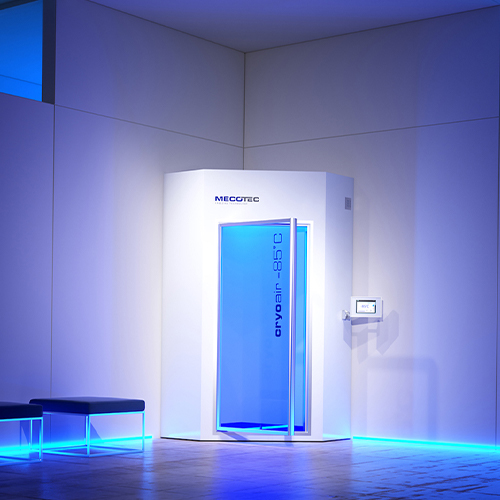
Cryotherapy Milton Keynes has proven effective for a variety of conditions

FIBROMYALGIA
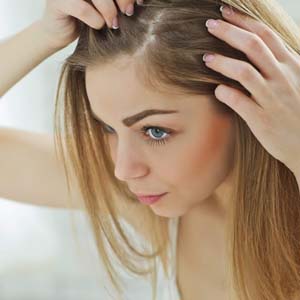
HAIR GROWTH
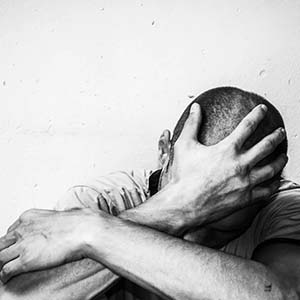
MENTAL HEALTH
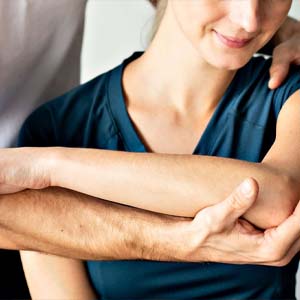
PAIN
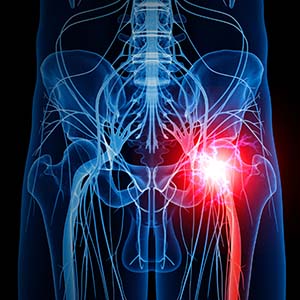
SCIATICA
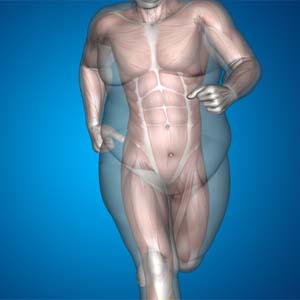
WEIGHT LOSS
What are the Benefits?
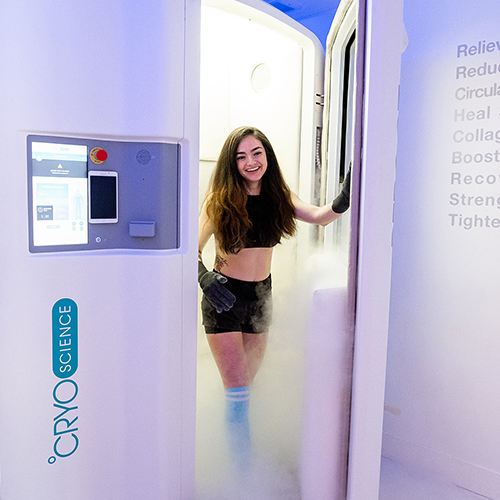
What are the Benefits?
1, Relieves migraine symptoms
By chilling and numbing nerves in the neck, cryotherapy can help alleviate migraines. According to one study 1, the application of a neck wrap comprising two frozen ice packs to the carotid arteries in the neck considerably reduced migraine discomfort in individuals who were suffering. This is considered to work by lowering the temperature of blood travelling through cerebral arteries. The carotid arteries are easily accessible and close to the skin’s surface.
2, Numbs nerve irritation
Cryotherapy has been used to treat injuries by many athletes for years, and one of the reasons is that it can numb the pain. An inflamed nerve can be numbed by the cold. Doctors will use a small probe implanted into nearby tissue to treat the afflicted area. Pinched nerves or neuromas, chronic pain, and even acute injuries can all benefit from this treatment.
3, Aids in the treatment of mood disorders
Whole-body cryotherapy uses ultra-cold temperatures that can trigger physiological hormonal reactions. Adrenaline, noradrenaline, and endorphins are all released during this process 2. This helps people who are suffering from anxiety and depression. According to one study, whole-body cryotherapy was useful in the short-term treatment of both.
4, Reduces the pain associated with arthritic conditions
Localised cryotherapy isn’t the sole therapeutic option for serious illnesses; one study found that whole-body cryotherapy improved pain in persons with arthritis 3. The therapy was found to be well-tolerated. As a result, more intensive physiotherapy and occupational therapy could be implemented. As a result, rehabilitation programmes were more effective.
5, Helps to treat low-risk tumours
Localised and targeted cryotherapy can be utilised to treat cancers. It’s known as “cryosurgery”. It works by encasing cancer cells in ice crystals and freezing them. It’s now being used to treat some low-risk malignancies in cancer patients, particularly prostate cancer patients.
6, Prevents dementia and Alzheimer’s disease
While further research is required to determine the efficacy of this method, it is considered that whole-body cryotherapy could prevent Alzheimer’s and other forms of dementia. The anti-oxidative and anti-inflammatory actions of cryotherapy are hypothesised to help battle the inflammatory and oxidative stress responses that occur with Alzheimer’s disease 4.
7, Treats Atopic dermatitis and other skin problems
Atopic dermatitis is a chronic inflammatory skin condition characterised by dry, itchy skin. Because cryo can boost antioxidant levels in the blood while also reducing inflammation, it’s no surprise that both localised and whole-body cryotherapy can aid with atopic dermatitis treatment 5, Another study (in mice) looked at how it affected acne by focusing on the sebaceous glands.
How Does
Cryotherapy Work?
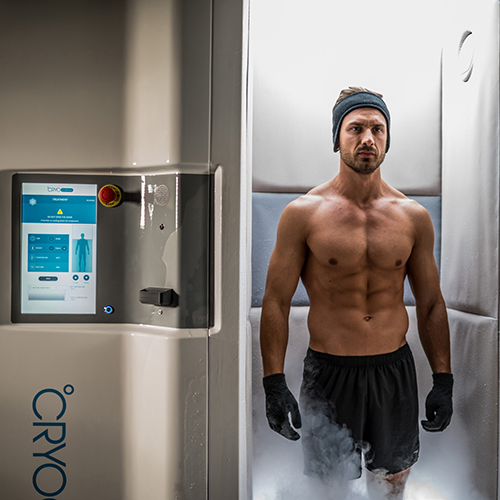
How Does Cryotherapy Work?
Cold receptors on the skin stimulate the sympathetic nervous system, causing severe vasoconstriction (narrowing of blood vessels) followed by rapid vasodilation (widening of blood vessels). To protect essential organs and preserve core temperature, the flow of blood to the skin’s surface and extremities is redirected. When the body is exposed to extreme cold, it triggers a series of powerful adaptive (survival) mechanisms involving the body’s most important systems.
The patient is dressed in medical scrubs and given socks, gloves, and mouth and ear protection before entering the chamber. The skin temperature never drops below 5°C during the therapy, while the core temperature remains constant.
Endorphins are released as a result of the treatment, and the body experiences natural pain alleviation. The immediate effect of skin cooling and pain alleviation lasts only a few minutes, but the release of endorphins in patients can reduce pain and inflammation for weeks, allowing for more frequent and successful physiotherapy treatment.
Cryo can help the body’s natural ability to remove toxins by boosting blood circulation and guaranteeing an appropriate supply of oxygen and nutrients to body tissues.
Elite athletes around the world are increasingly using this treatment to enhance post-training recovery and repair ailments.
What are the possible
side effects?
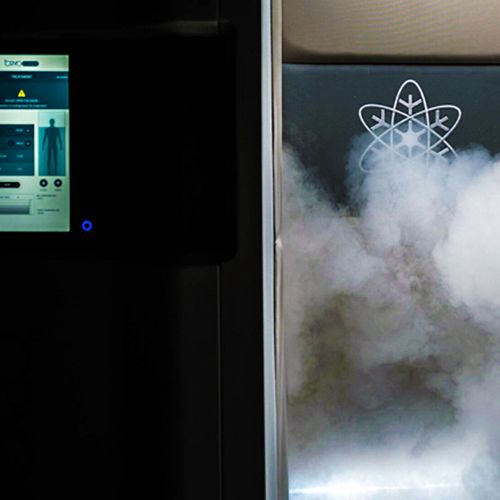
What are the possible side effects?
Cryo is very safe and has few negative effects. They normally aren’t serious and don’t last long. Speak to our nurses or doctors if you think you’re experiencing any other adverse effects.
Numbness, tingling, redness, and irritation of the skin are the most typical side effects of any type of cryo. Almost all of these side effects are only transient. If they don’t go away within 24 hours, make an appointment with your doctor.
Cryotherapy should never be used for longer than is recommended for the type of therapy you’re receiving. This would take more than four minutes for whole-body cryotherapy. If you’re using an ice pack or an ice bath at home, don’t leave it on for longer than 20 minutes. To avoid damaging your skin, wrap ice packs in a towel.
Cryotherapy should not be used by people who have diabetes or any other ailment that affects their nerves. They may not be able to completely comprehend its impact, which could result in more nerve damage.
What to expect?
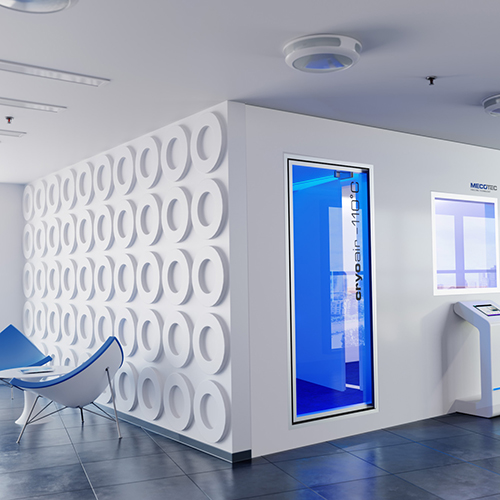
What to expect?
- Severe cold or flu
- Chest infection
- Runny nose
- Sickness (nausea)
How should I prepare?
- Limiting the amount of food and liquid you consume prior to the procedure, or,
- making arrangements for someone to drive you home following the surgery. It is always better to go to the bathroom before your treatment.
What should I expect?
ADVICE & SUGGESTIONS
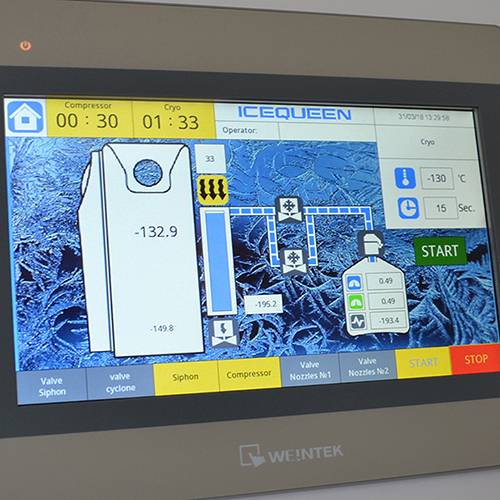
ADVICE & SUGGESTIONS
If you have any conditions that you want to treat with cryosauna, make sure you tell the person who will be aiding you or providing your treatment about them. Before beginning any form of therapy, it’s always a good idea to check with your GP.
Wear dry, loose-fitting clothing if you’re getting whole-body cryotherapy. To avoid frostbite, wear socks and gloves. If possible, move about during therapy to keep your circulation flowing.
If you’re having cryosurgery, your Consultant will talk to you about specific preparations ahead of time. It’s possible that you won’t be able to eat or drink for the next 12 hours.
For professional Cryotherapy services contact Pure Medical.
Transform your health
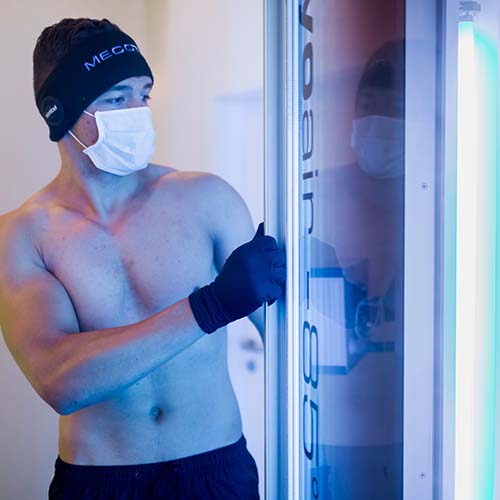
Transform your health
The Pure Medical Cryotherapy Milton Keynes Program gives you a once-in-a-lifetime chance to invest in your health as you become older, allowing you to maximise your cognition, vitality, and quality of life.
We’ve developed a cutting-edge approach that combines:
By combining these treatment modalities Pure Medical are able to customise cognitive and physical training regimens, along with dietary coaching.
The ageing process has varied effects on every one of us. This is why our diverse healthcare team employs in-depth exams and analytics to build a strategy that is completely tailored to you.
As a consequence, you’ll receive a thorough treatment that will help you improve your cognitive and physical performance while also making you feel your best, regardless of your age.
Scientific Case Studies
Cryotherapy for Alzheimer’s Disease
Cryotherapy for Cognitive Performance
Cryotherapy (Cryosurgery) for Cancer
Cryotherapy is a cancer-killing treatment that uses extremely freezing temperatures to kill cancer cells. Cryotherapy is a treatment option for a variety of cancers and precancerous disorders. The following cancers can be treated using cryosurgery:
- Retinoblastoma
- Basal cell and squamous cell carcinomas are two types of skin malignancies
- AIDS-related Kaposi sarcoma skin lesions
- Prostate cancer in its early stages
- Carcinoma of the liver that is only found in the liver
- Chondrosarcoma is the most common type of bone cancer.
- Lung cancer that isn’t tiny cell
Cryosurgery is also used to treat the following non-cancerous conditions:
- Skin growths called actinic keratoses that can turn into cancer
- Abnormal cell changes in the cervix can turn into cervical cancer, known as cervical intraepithelial neoplasia or cervical precancer
- Benign bone tumours, such as enchondroma, giant cell tumour, aneurysmal bone cyst, and chondroblastoma
Cryotherapy for Dermatitis, Eczema & Skin Conditions
Cryotherapy is a non-invasive, painless, and rapid treatment for itchy, painful, dry, and inflamed skin, which can help manage the symptoms of eczema, psoriasis, and dermatitis 20.
Cryotherapy for Frozen Shoulder
When compared to those who did not use cryotherapy as part of their treatment, those who used cryotherapy experienced statistically significant gains in range of motion (ROM). Increased shoulder flexion as a result of cryotherapy. Abduction of the shoulders has increased 23.
Cryotherapy for Gout
Cryo can help to reduce inflammation in gouty joints in the short term 24.
Cryotherapy for Headaches & Migraines
Cryotherapy for Ligament strains
Cryotherapy for Osteoarthritis
Cryotherapy for Parkinson’s Disease
Auto-immune disorders, illness, trauma, and other sources of systemic and peripheral inflammation can all be reduced by whole-body cryotherapy. We believe that lowering the inflammatory burden throughout the body can lower the likelihood of Parkinson’s disease 33.
Cryotherapy for Psoriasis
Cryotherapy can be used in psoriasis spot treatments to target plaques. Psoriasis symptoms may potentially benefit from whole-body cryotherapy. After a cryotherapy treatment, 72 percent of participants observed their psoriasis lesions clear up, according to one research 34.
Cryotherapy for Sports Recovery & Performance
Top athletes such as Steph Curry and Cristiano Ronaldo, among others, have begun utilising cryotherapy, a novel method for full-body rehabilitation, in recent years. The advantages could be the consequence of whole-body cryotherapy improving muscle oxygenation while also reducing cardiovascular strain, according to the researchers behind recent studies. Whole-body cryotherapy produces an anti-inflammatory response in athletes, according to a growing body of studies 35, 36.


